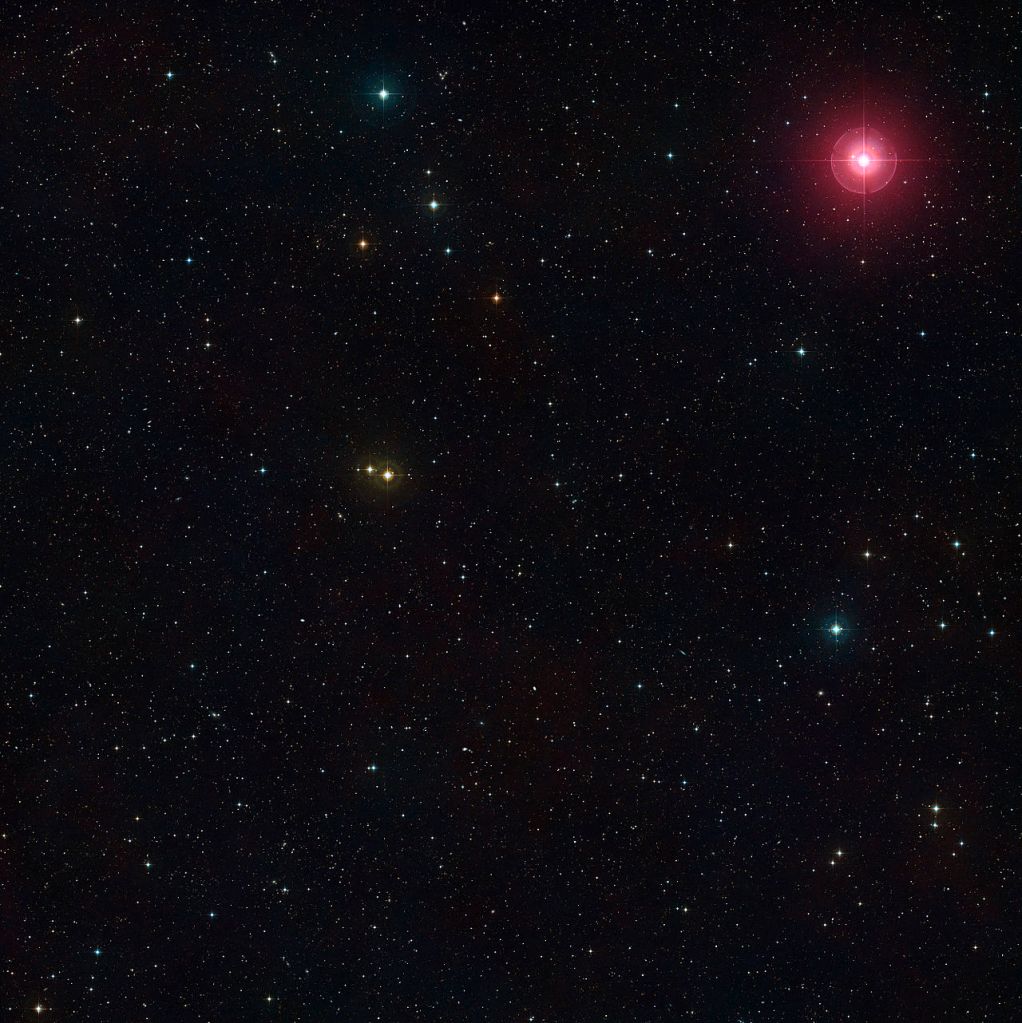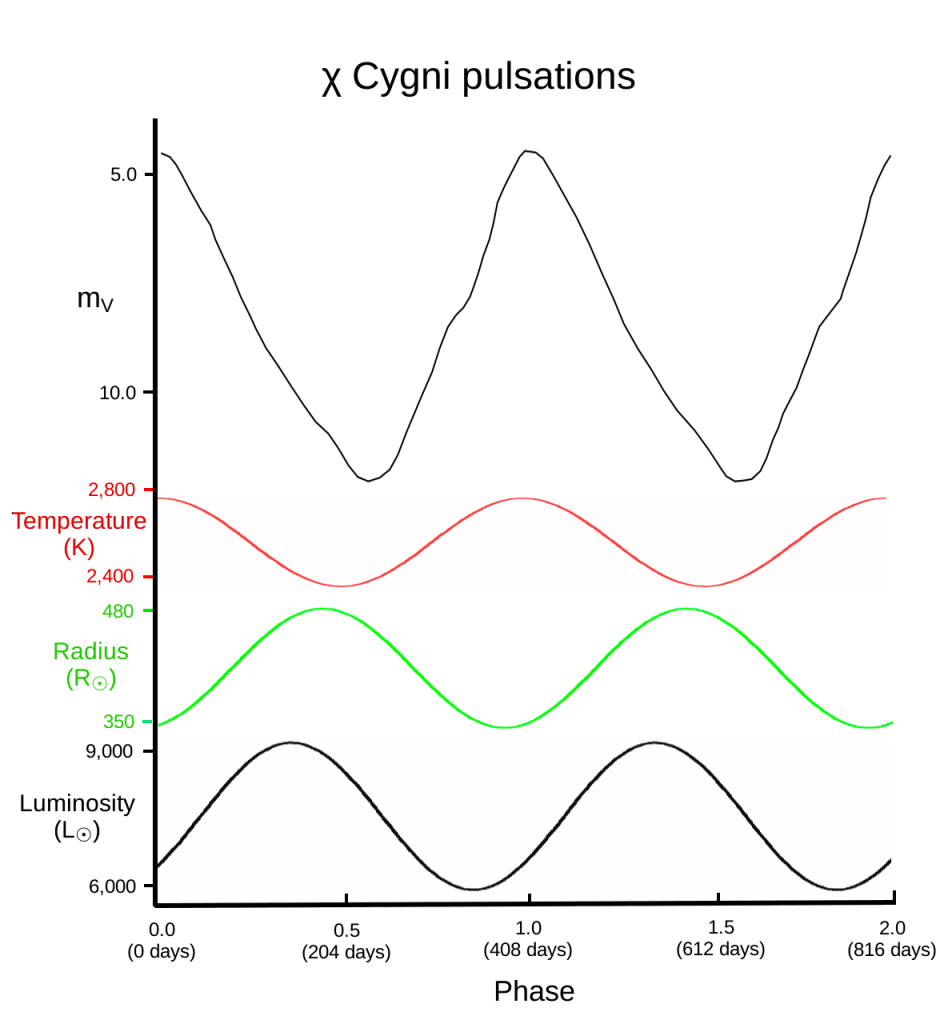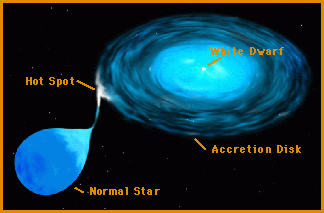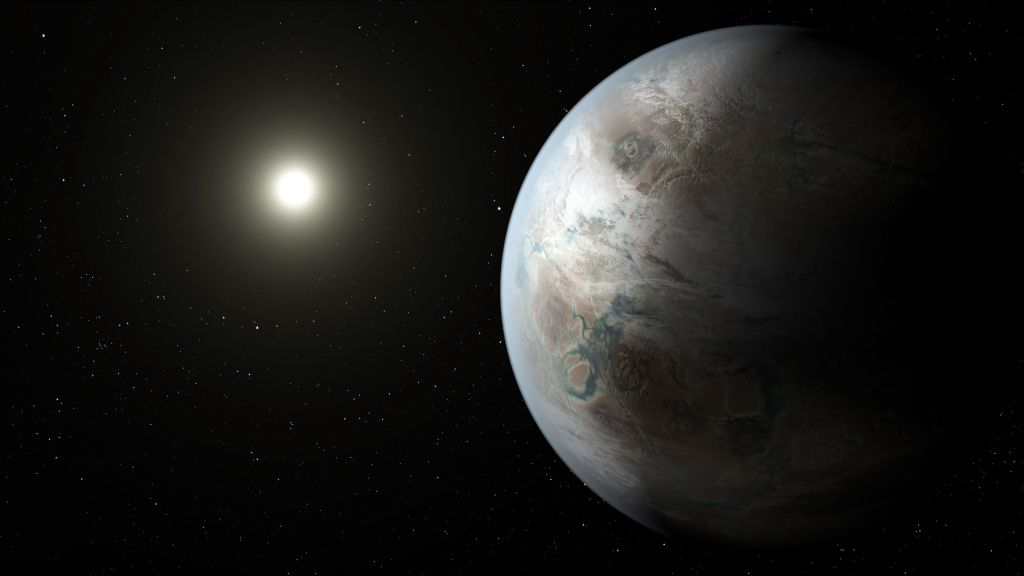Now that the class has concluded, I would like to reflect on astronomy and the importance of the material that we learned. Astronomy is a fascinating topic, not only because of the nature of exploring the universe, but because it has implications for nearly every other science. From studying astronomy, we make revolutions in subjects like physics, electronics, biology, and many more. We investigate where we came from and where we are going.
Perhaps the most exciting part of astronomy is that it is always evolving—and this fact is something that will truly stick with. Since the age of Copernicus (and many years before) we have seen many revolutions in astronomy and our understanding of the universe. Discoveries like the heliocentric theory, the formation of the solar system, and our first visit to the moon demonstrate how advances in astronomy mark changes in the world. The most exciting part of astronomy is that, naturally, more groundbreaking discoveries are bound to happen.
Moving forward, this fact characterizes my view of astronomy and our universe. I look forward to the inevitable new discoveries and the significant advances that they will bring.
Attached below is Carl Sagan’s “Pale Blue Dot” photo, taken from Business Insider. This picture puts into perspective how small we are in comparison to the universe, and thus how many more discoveries are yet to be made. It also signifies human achievement, as the “Pale Blue Dot” has already accomplished so much in the realm beyond it.













